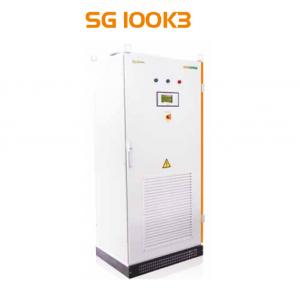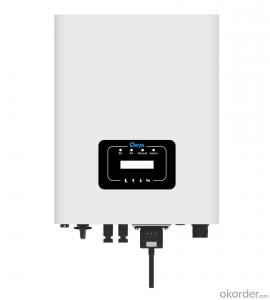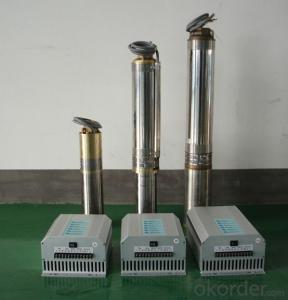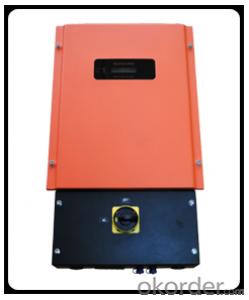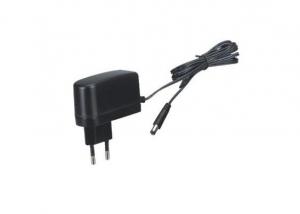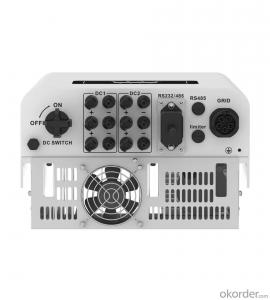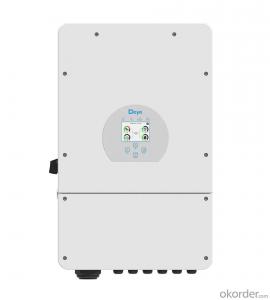Mppt Solar Inverter 12 Volt
Mppt Solar Inverter 12 Volt Related Searches
12v Mppt Solar Inverter Mpp Solar Inverter 12v 12 Volt Solar Inverter Mppt Solar Inverter Mppt Solar Power Inverter Mppt Inverter Solar 24 Volt Mppt Solar Inverter 12 Volt Solar Panel Inverter 12v Solar Inverter 12v Solar Power Inverter Mppt Solar Inverter 24v Solar Power Inverter 12v 24v Mppt Solar Inverter Solar Inverter 12kw Mppt Solar Inverter 48v 12kw Solar Inverter Microtek Mppt Solar Inverter Mppt Based Solar Inverter 12v Solar Panel Inverter 12kw Inverter Solar Mppt Solar Inverter Charger Mppt Solar Pump Inverter Mppt Solar Hybrid Inverter 2kva Mppt Solar Inverter 2kw Mppt Solar Inverter Mppt Hybrid Solar Inverter Mppt Inverter For Solar System 12 Kw Solar Inverter China Mppt Solar Inverter 12 Volt Solar Inverter ChargerMppt Solar Inverter 12 Volt Supplier & Manufacturer from China
Mppt Solar Inverter 12 Volt is a high-performance solar power conversion device that efficiently manages the energy harvested from solar panels. This product is specifically designed to convert the direct current (DC) generated by solar panels into alternating current (AC) that can be utilized by various electrical appliances and devices. The advanced MPPT (Maximum Power Point Tracking) technology ensures that the inverter extracts the maximum possible power from the solar panels, thereby optimizing energy output and efficiency.The Mppt Solar Inverter 12 Volt is widely used in various applications, including off-grid solar power systems, remote homes, and small-scale commercial establishments. It is particularly suitable for areas with limited access to grid electricity, providing a reliable and eco-friendly power source. This product can also be used in conjunction with battery storage systems to ensure a continuous supply of electricity during periods of low sunlight or at night. The versatility of the Mppt Solar Inverter 12 Volt makes it an ideal choice for a range of solar power applications, from powering small appliances to supporting larger energy demands.
Okorder.com is a reputable wholesale supplier of Mppt Solar Inverter 12 Volt products, offering a vast inventory of high-quality solar inverters at competitive prices. With a commitment to customer satisfaction and a focus on providing reliable solar power solutions, Okorder.com is the go-to destination for businesses and individuals seeking to invest in efficient and sustainable energy technology. By partnering with Okorder.com, customers can benefit from their extensive experience in the solar industry and access to a wide range of Mppt Solar Inverter 12 Volt products, ensuring that their energy needs are met with the utmost efficiency and reliability.
Hot Products

